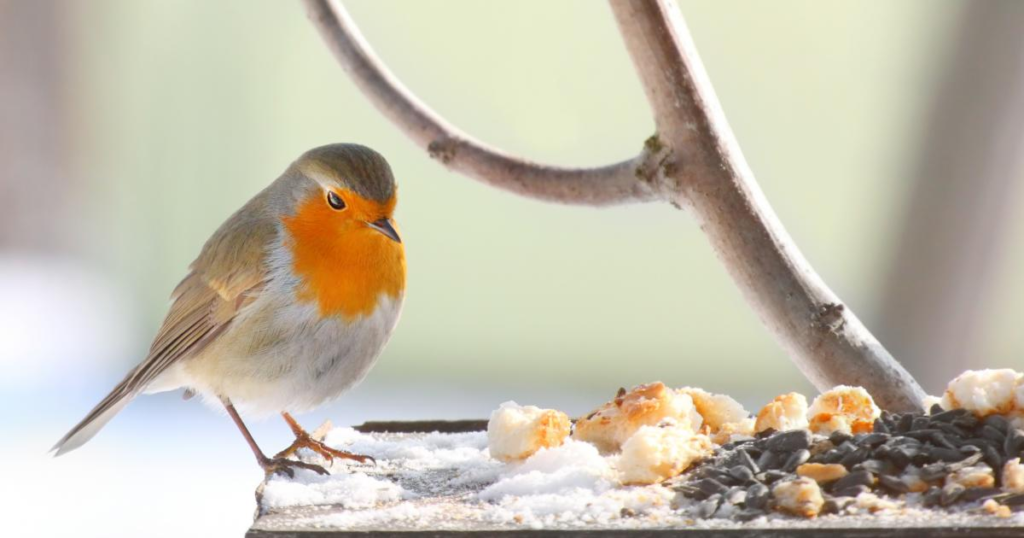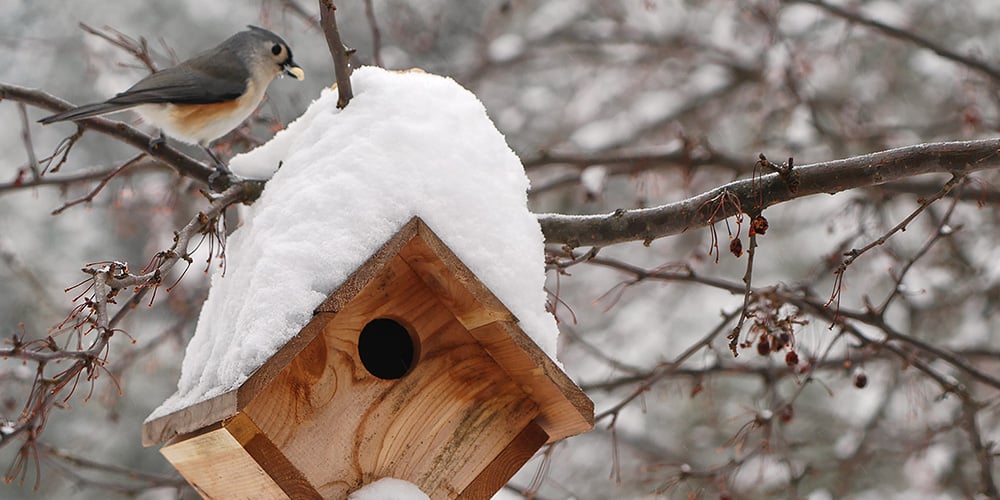Winter can be a tough time for garden birds, as food becomes scarce and the cold makes survival challenging. However, you can turn your garden into a safe haven for our feathered friends by providing them with food, water, and shelter. Not only will this help birds through the winter, but it also ensures that they’ll stick around when spring arrives, continuing to aid in natural pest control.
Provide Natural Food Sources
The key to helping birds in winter is to ensure they have enough to eat. Start by leaving areas of your garden undisturbed. Avoid trimming ornamental plants and hedges until spring. This will create shelter for insects, offering an important food source for insect-eating birds.
Consider planting berry- and seed-bearing shrubs like cotoneaster, hawthorn, and yew. These will provide a long-lasting food supply well into winter. Sunflowers, globe artichokes, and teasels are great for their seeds, which birds can pick even after the plants have died back.

Supplementary Feeding
In addition to natural food, provide a variety of birdseed to attract different species. Offer birdseed mixes, unsalted peanuts, nyjer seeds, dried mealworms, and even some kitchen scraps like cooked rice or potatoes, unsalted bacon rind, and fat trimmings. Avoid soft or strong cheeses, as they can be too salty for birds.
Place food on bird tables or in squirrel-proof feeders, making sure they’re easy for birds to access while also offering them a safe place to fly away if needed. Be sure to check and refill feeders regularly to maintain a steady food supply.
For ground-feeding birds, consider hanging apples or pears in trees or placing them directly on the ground. This is a great way to use up overripe or blemished fruit.

Create Easy-to-Make Bird Treats
Homemade bird cakes are a fun and rewarding way to help birds this winter. Mix dried ingredients like sunflower seeds, unsalted peanuts, breadcrumbs, and dried fruit in a bowl. Then, melt animal fat (such as lard or suet) on low heat, or use coconut oil for a vegetarian option. Mix one part fat with two parts dry ingredients.
Pour this mixture into molds like yogurt pots, or spread it on pinecones. If using a yogurt pot, thread a piece of string through the bottom, tying a knot to secure it. After filling the pot with the fat mixture, let it set before hanging it in your garden.
Pinecone bird feeders are also simple to make. Tie a string to the base, coat the pinecone in the fat mixture, and hang it in your garden.
Ensure Fresh Water
Water is just as important as food, especially for bathing and drinking. Clean feathers are crucial for insulation during cold weather. You can create a simple birdbath using a dog bowl or an upturned dustbin lid, adding a rock to the center to give birds easy access to the water.
In colder climates, you may need a birdbath heater to prevent the water from freezing. Alternatively, offer fresh, warm water in the morning to encourage birds to bathe and preen their feathers.

The Benefits of Winter Bird Care
By caring for birds during the winter months, you’re not only helping them survive the cold but also ensuring they’ll return in the spring to control pests in your garden. Birds are natural predators of many garden pests, including aphids, caterpillars, and grubs, which will benefit your garden in the warmer months.
How do you care for your feathered visitors in the winter? Share your tips and experiences in the comments below!
